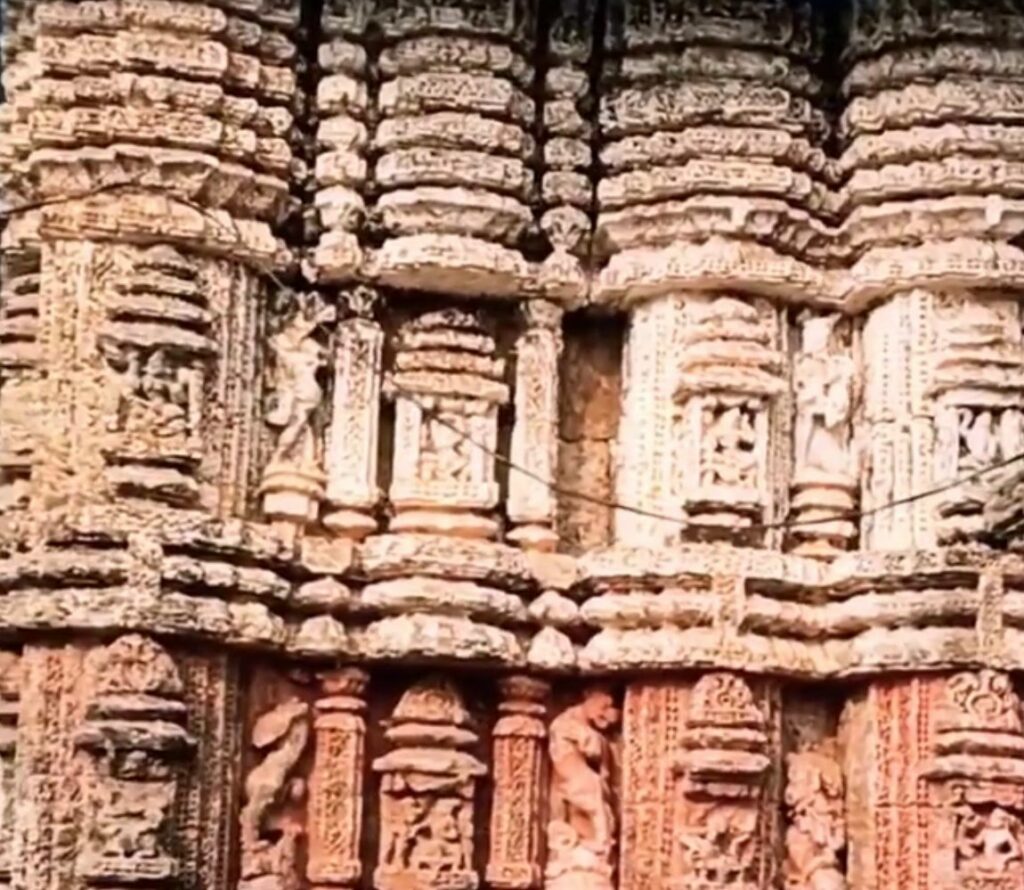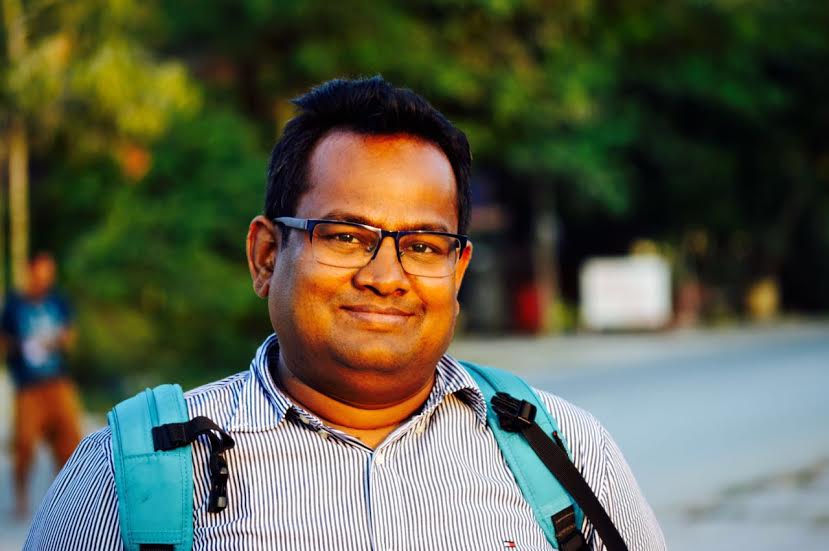There is so much in a name – Village delang tells

The practice of naming of the areas after famous personalities have been followed from olden times of human civilization.
In the so called developed and modern world, it is usually difficult to come across any cultural heritage, which the inhabitants may boast of being more than few hundred years old. In contrast, we come across visible marks of advanced human civilizations very often in a country like India.
In Odisha too, as one travels from one nook to another, imprints of the ancient past being of no less than three thousand years are quite discernible.
In course of history of human civilization, geographical boundaries, names of the places and territories have changed following conquests by powerful groups from time to time.
The practice of naming of the areas after famous personalities have been followed from olden times of human civilization.
The names of such places have lasted for a certain period depending on their fame, work and many other factors. More often, we have also forgot if any place around us was named after any important personality.
It is a fact that in our country, there are many places which had been named after powerful men and women dating back to more than a thousand year.
The connections at times, have been recorded in golden letters.
About thirty kilometers away from Bhubaneswar, there is a historically important place called Delang. This is otherwise associated with the visit of Mahatma Gandhi during our freedom struggle.
The fourth annual conference of Gandhi Seva Sangha was held in a small hamlet Beraboi under Delang block in Puri district where Gandhi Ji had spent seven days along with his family and other prominent leaders in the year 1938.
Significantly, Delang bears the signature of the glory from a great past. The place was named after a famous Buddhist scholar who lived in India and travelled worldwide during 480 to 540 CE.
His name was Dignaga, also called as Dinnaga. It is very significant to know that the place’s name has remained unchanged over a course of long history, though there is a slight change in pronunciation and spelling due to linguistic evolution.
It shows the influence Dignaga had exerted during his lifetime and after. Like the general public now have forgot about the visit of Gandhi ji to the area, its association with Dignaga is also known to the few.
It is important that new generation should know about its historical eminence for the sake of our connection to a rich cultural heritage.
At a Buddha vihar of Delanga in Puri district, Acharya Dignaga had acted as the teacher. By then, he had become a world-famous logician after authoring the treatise “Pramana Samuchaya”.
The Secretary of Kalinga king namely Vadra Palita was a great disciple of Dignaga. As a mark of respect and under the spiritual influence of his great teacher, he had constructed a number Buddha Vihar in Kalinga kingdom. Going by the Hiuen-T-sang’s account, Buddhism was predominant in ancient Odisha.
As per his writings, there were one hundred Buddhist monasteries and ten thousand Mahayan monks living in Odisha at the time of his visit.
Dignaga, was also a great disciple of Vasuvandhu. He once took over the chair of chancellorship in the Nalanda University. While he served there for a short period, he expounded several sutras and composed some logical and dialectical sastras.
But very soon he had to return to the Delanga area. There he gave final shape to the Buddhist epistemology, the superstructure of Buddhist logic by completing his great work “Pramana Samuchaya”.
This work brought about an intellectual paradigm shift in the contemporary period. At the Delanga monastery another opponent- philosopher namely Iswar Krishna defied Dignaga. In a series of metaphysical debates, Dignaga claimed his victory.
It is said that the modern researchers have found it difficult to study the highly terse works of Dignaga. One of the reasons being none of his works have survived in the original Sanskrit and the Tibetan scriptures. Some Chinese translations do include certain of the works of Dignaga with several variations towards original works.
As the translations were done without being sure of the meaning of the work, to understand the works of Dignaga, the scholars have to read through the commentaries of the later authors like Dharmakirti and other Indian and Tibetan interpreters.
In the Buddhist cultural traditions of Tibet, China and rest of the world, Dignaga is ever remembered. The thoughts from Delang area have travelled far and wide as one can witness in the seminal research publications done on his thoughts even in the modern times. Influenced by Dignaga, in several low hills, like Paanra, Saanla, Jamuna Jhadapada, Bani Vakreswar, Aragarh Vindheswari, and Dhauli, a large number of Buddhist monks were living in caves located within. Excavations have revealed the images of Kshetrapal, Astika, Jagatkaru, Haraparvati and a few other broken sculptures in the hills. On the top, behind the main temple of Biswanath, there exists a small rock cut cave, sufficient to hold a man.
There is an indication about the pre-existence of the main cave, whose roof might have collapsed later. This is believed to be abode of Dignaga.
Dignaga founded a tradition of Buddhist epistemology and reasoning, and this school is sometimes called the “School of Dignaga”. Dignaga explains his epistemology, which holds two instruments of knowledge- perception or sensation and Inference or reasoning.
For him, sensation and reasoning are the only two means of acquiring knowledge, because two attributes are knowable; there is no knowable object other than the peculiar and the general attribute.
His other works include- Hetucakra, Alambana- Pariksa, Abhidharmakosa- Marma- Pradipa, Trikala- Pariksa, Nyaya-Mukha. The work of this tradition also went on to influence the Buddhist Madhyamaka school.

Several thinkers attempted to adopt the logical and epistemological insights of Dignaga and Dharmakīrti to defend the tenets of the Madhyamaka school.
Dignaga’s tradition of logic and epistemology has continued in Tibet even now in their teachings.
Dignaga also influenced non-Buddhist Sanskrit thinkers. He set in motion an “epistemic turn” in Indian philosophy, according to the Experts.
Most of the Indian philosophers after Dignaga defended their views by using a fully developed epistemological theory.
Odisha has been an important place for the point of view of Buddhism in the world, even though Lord Buddha had never visited Odisha during his lifetime.
As Delang shows, the state is glorified due to a rich Buddhist heritage. According to the historians, Odisha is home to more than 200 Buddhist sites, spread across its length and breadth. Buddhism flourished from the 6th century BC until 16th century AD.
The followers of Gautam Buddha got divided into two sects―’Hinayana’ and ‘Mahayana’. The Buddhist phase ‘Vajrayana’ was believed to have been originated from Odisha. Modern Jajpur was the cradle of ‘Mahayana’. The tantric form of ‘Mahayana’ Buddhism started during the period of Bhaumakaras.
A vast glorious period of more than two thousand years of development, propagation of Buddhism and spiritual- philosophical connections worldwide is an interesting study in the history of Odisha.
There are several places with which great teachers like Dignaga of this great tradition are associated, which is beyond the knowledge of general people.
More of research, excavations, publications, teachings, preservations, tourism can provide a sense of great satisfaction and pride to the citizens- truly empowering with a perception of being the descendent of a great territory.
It is a great satisfaction to know that our Delang area was showing beacon of light at a time when darkness was ruling over the most parts of the world.
The writer is a senior IAS officer. He works as the principal secretary of the higher education department, government Odisha. He can be reached at [email protected] . Views expressed are personal.)












































